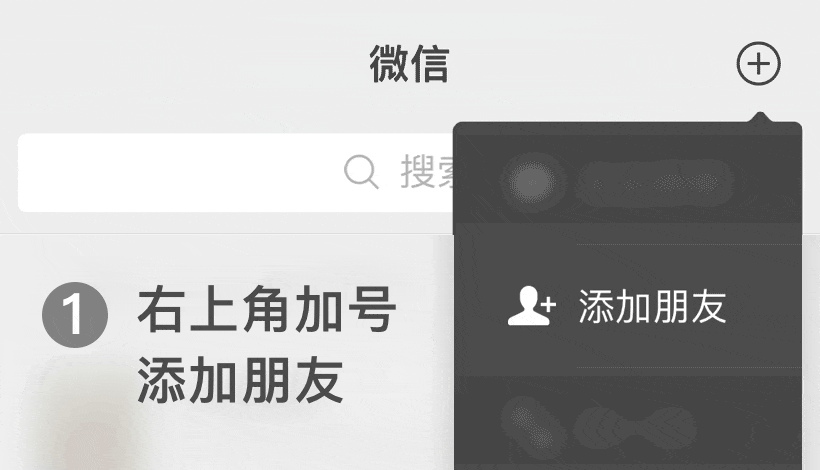What are the applications of ion exchange columns in the environmental protection industry
Ion exchange column is a device that uses ion exchange resin to selectively adsorb and exchange ions in water or other fluids, thereby achieving separation, purification or recovery. In the environmental protection industry, it is widely used in wastewater treatment, pollution remediation, resource recovery and other scenarios due to its efficient treatment capacity. The specific applications are
Ion exchange column is a device that uses ion exchange resin to selectively adsorb and exchange ions in water or other fluids, thereby achieving separation, purification or recovery. In the environmental protection industry, it is widely used in wastewater treatment, pollution remediation, resource recovery and other scenarios due to its efficient treatment capacity. The specific applications are as follows:
1. Industrial wastewater treatment
The composition of industrial wastewater is complex (containing heavy metals, acids, bases, organic matter, etc.), and ion exchange columns can remove specific pollutants in a targeted manner, reducing the toxicity of emissions
Heavy metal wastewater treatment:
The wastewater generated by industries such as electroplating, smelting, and battery manufacturing contains heavy metal ions such as chromium, nickel, copper, lead, and mercury. The chelating resin loaded in the ion exchange column (such as amino phosphonic acid type and thiourea type) can strongly adsorb heavy metal ions through coordination bonds. After treatment, the concentration of heavy metals in the wastewater can be reduced to below 0.1mg/L, meeting the discharge standards; At the same time, high-purity heavy metals can be recovered through regeneration processes (such as acid elution), achieving the dual goals of "wastewater purification+resource recovery".
Neutralization of acid-base wastewater:
The acidic or alkaline wastewater discharged from the chemical and pharmaceutical industries (containing H ?, OH ? and corresponding anions such as Cl ?, SO ? 2 ?) can be adjusted in pH value through cation exchange columns (removing H ?) or anion exchange columns (removing OH ?, acid ions), while reducing salt content and avoiding pipeline corrosion or damage to water ecology caused by wastewater.
Treatment of cyanide and fluoride containing wastewater:
The wastewater from gold mines and electroplating contains cyanide (CN ?), while the wastewater from the semiconductor industry contains fluoride (F ?). Anion exchange resins (such as strong alkaline quaternary ammonium resins) can specifically adsorb CN ? and F ?. After treatment, the cyanide concentration can be reduced to below 0.5mg/L, and the fluoride concentration can be reduced to below 10mg/L, which meets environmental protection requirements.
2. Municipal sewage treatment and reuse
Reclaimed water treatment:
After biochemical treatment, municipal sewage still contains small amounts of hardness ions (calcium, magnesium), nitrates, phosphates, etc. The ion exchange column can further treat them:
Using sodium ion exchange resin to remove calcium and magnesium ions, reduce the hardness of water, and make the reclaimed water available for municipal greening, road cleaning, industrial circulating water, etc;
Use anion exchange resin to remove nitrate (to prevent eutrophication of water) and phosphate, and avoid algae growth during reuse.
Deep purification of drinking water:
For excessive fluoride, arsenic, nitrate, etc. in groundwater or tap water, ion exchange columns can be used as terminal treatment units: for example, using anion resins loaded with aluminum ions to adsorb arsenate (AsO ?3 ?), and using nitrate selective resins to remove nitrate from water (to avoid methemoglobinemia in infants and young children).
3. Remediation of contaminated sites
Groundwater pollution control:
For groundwater contaminated with heavy metals, nitrates, and organic solvents (such as trichloroethylene), permeable reaction walls (PRBs) can be installed in the contaminated area, with built-in ion exchange columns or filled with ion exchange resins. When groundwater flows through, the resin adsorbs pollutants, reducing the risk of diffusion; Especially suitable for in-situ remediation of small-scale, high concentration pollution points.
Soil leaching wastewater treatment:
In soil remediation, heavy metals in the soil are washed away with leaching solutions (such as acids and chelating agents), and the resulting leaching wastewater can be recovered through ion exchange columns to avoid secondary pollution. At the same time, the leaching solution can be recycled after regeneration, reducing remediation costs.
4. Exhaust gas purification
Treatment of sulfur-containing and nitrogen-containing waste gases:
Waste incineration and chemical exhaust contain acidic gases such as SO ? and NO ?. The exhaust gas can be dissolved in water to form H ?, SO ∝ 2 ?, and NO ∝ ? ions, which are then adsorbed by anion exchange columns (such as weakly alkaline resins) to purify the gas and meet emission standards; Saturated resin can be regenerated with alkaline solution, and the regenerated solution can be recovered as by-products such as sulfates and nitrates.
Indirect treatment of volatile organic compounds (VOCs):
Some VOCs (such as formaldehyde and phenol) can be converted into ionic states through pretreatment (such as formaldehyde reacting with water to generate hydroxymethyl ions), and then adsorbed and removed by ion exchange resin to assist in achieving emission standards for waste gas.
5. Sludge treatment and resource recovery
Sludge dewatering solution treatment:
The filtrate generated during municipal or industrial sludge dewatering still contains high concentrations of ammonia nitrogen, phosphorus, etc. The ion exchange column can remove ammonia nitrogen (adsorbed with cation exchange resin for NH ??) and phosphate (adsorbed with anion exchange resin for PO ?3 ?), avoiding the filtrate from flowing back into the sewage treatment system and increasing the load.
Rare metal recovery from sludge:
The dismantling and smelting sludge of electronic waste contains rare and precious metals such as rhodium and palladium. After acid dissolution, the metals are converted into ionic states and separated and recovered using specific ion exchange resins, achieving the goal of "turning waste into treasure".

 WeChat number:WEIXINHAOMA
WeChat number:WEIXINHAOMA
